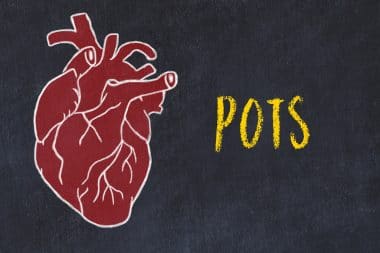Pulmonary hypertension refers to blood pressure in the lungs which is measured by the systemic pressure through your blood system. Pulmonary hypertension or PHT is elevated blood pressure that materializes in the arteries of your lungs. The numbers in pulmonary blood pressures are normally lower than traditional blood pressure and if you experience pulmonary blood pressures of greater than 35 mm Hg at rest you have abnormally high pulmonary pressure.
The vessels that transport air to the lungs constrict to bring blood to the lungs and these same vessels can also thicken. If this happens vessels cannot carry as much blood or oxygen to other parts of your body. Think of a kinked garden hose. Pressure guilds up and backs up. The heart begins to work much harder and tries to force the blood through the “kinked” vessel. If the pressure is too high the heart will not keep up and there will be less blood flow through the lungs to gather oxygen for other parts of the body.
Those with pulmonary hypertension may experience the symptoms of fatigue, shortness of breath and frequent dizziness. You may think you are just tired or out of shape, but as time goes on you may find that fainting spells are common. You may begin to notice swelling in your ankles and legs and bluish discolorations appear on your lips. These may be accompanied by chest pains. Symptoms generally specify that your body is not circulating sufficient oxygen from your lungs and treatment is needed.
If you do not have underlying heart and lung diseases or any other illness causing these symptoms you may have primary pulmonary hypertension. This is a relatively rare condition with only about 500 cases diagnosed in a year. However, if you are a woman between 21 and 40 you are at higher risk for pulmonary hypertensions than any other group. There are some studies that show primary pulmonary hypertension is linked to the use of appetite suppressants that women often use.
Secondary pulmonary hypertension includes pre-existing diseases. These can be congenital heart defects or a ventricular or atrial defect or hole in the wall between two ventricles or atria. Heart valve conditions including mitral stenosis or a thinning of the mitral valve in the heart is also a cause. Surgery is the treatment for this condition.
Those with PHT should stop smoking and avoid conditions where the oxygen concentration is decreased. This includes mountain climbing and air travel. You also need to be aware of some cold or flu medications and pregnancy and childbirth can cause problems. Take care to get your antibiotic therapy to keep pneumonia and the flu at bay.






